Snakes have been greatly stereotyped by the communities in which they sometimes stray, but it is important to know that man is not on their menu and therefore appreciate their contribution to the society which includes but not limited to tourism, rodent reduction among others. Uganda hosts 4 of 6 world’s deadliest species.
Uganda’s warm tropical climate makes her a perfect habitat for reptiles. The all year downpours, a wide network of fresh water swamps, rivers and lakes, coupled with thick forest and grasslands make this pearl an ideal environment for snakes in particular. Uganda is home to over 171 species of the latter. Do not fret however, because only a small percentage of these are venomous. In this episode, we detail some of the common species you will likely encounter on a normal trip through the land.
Amazing facts about snakes.
- Snakes can’t breath and swim at the same time because they have no diaphram.
- Only venomous snakes have fangs and the rest have teeth. Fangs have a strawlike passage through which venom is injected into an enemy.
- Although venomous snakes are greatly feared by man, they mainly use their venom to weaken their prey and not to bite. This means that since man is not on their menu, they do not really intend/ plan on using their venom on us and so sometimes they strike humans without injecting any venom.
African rock python (Python sebae.) Local name: Ttimba
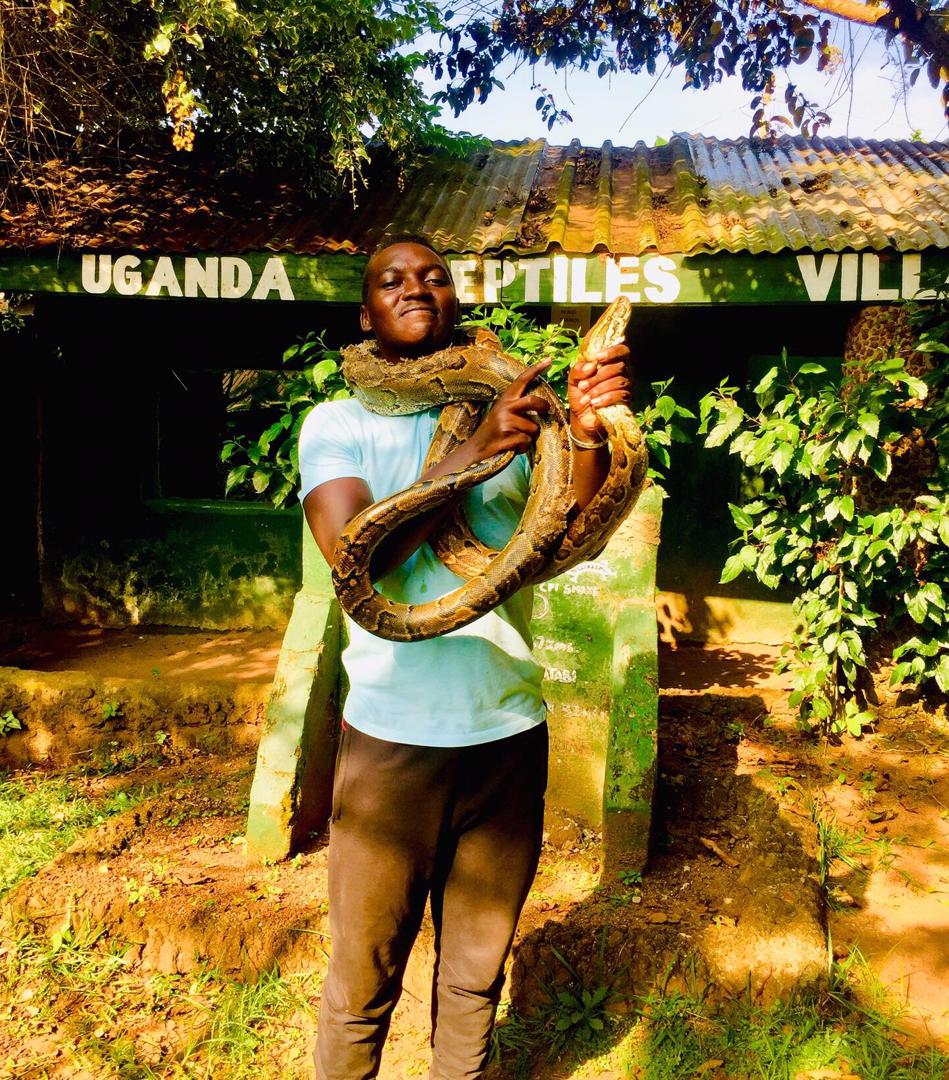
It is Africa’s largest snake with length over 5 meters from head tip to tail tip with a gold and black mottled kind of skin. It is non-venomous and kills its prey by strangulation and constriction with their bodies around them before they swallow it whole.
The python has a unique endo skeleton in which the upper jaw is not attached to the lower jaw allowing it to open them incredibly wide when preying. They also have no breast bone allowing them to swallow food much larger than their body size.
The females lay up to 100 eggs and incubation period is between 2-3 months with hatchlings ranging between 50-60 cm in length.
It can be seen at close range at the Reptile Village in Entebbe.
The African puff adder (Bitis arientans.) Local name: Ssalambwa
The African puff adder belongs to the family of vipers. They tend to inhabit short “thickety” vegetation and are known to like tea plantations. Length ranges from 1-1.2meters and can be recognised by its stumpy robust build and large triangular head. The reptile is coloured in light yellow gold and black
They have two enlarged hinged venom fangs in the front of the upper jaws which they use to strike enemies several times. The venom of the puff adder is guaranteed to kill an animal and even with treatment, a person is almost guaranteed to die in the next 6 months. Locals who encounter these from time to time say that when they find it in the plantation, they avoid the specific where it is seen and come back the next day because they do no attack unless they feel threatened.
Vipers in general are very docile reptiles and these are called puff adders because when threatened they inflate their bodies and puff loudly which is interpreted as a warning to approaching animals or enemies.
Females produce a pheromone to attract males. These give birth to live new born and are always in high numbers. New borns are between 12cm -18cm in length.
Not only are they good swimmers but as well good climbers. Common prey for them is: birds, lizards, mammals and amphibians.
Puff adders are venomous and its wounds show twin cuts and very painful.
Swellings develops within 10- 30 minutes after its bites which leads to paralysis
Cobra Local name: Enswera
There are many species of the cobra including but not limited to Forest Cobra (Naja melanoleuca) and Black necked spitting cobra (Naja nigricollis). They inhabit savanna and semi-arid regions of the country. They can be nocturnal and diurnal depending on the time of the year. These highly venomous snakes are famous for their ability to lift their upper body to spot food but most importantly to intimidate their enemies. The black necked spitting cobra has the ability to accurately project venom in a person’s eye at a distance of 3 metres which can lead to partial or total blindness, extreme burning and lack of coordination. The black forest, also known as the black cobra grow up to 3.5m. They rarely bite but its bite should be taken seriously as it has the 4th most deadly venom. Cobras tend to eat small rodents and sometimes even small insect and they are sometimes preyed on by predators like the African snake eagle. The cobra is no doubt one of Uganda’s most interesting crawler and can be closely viewed at Uganda Reptile Village.
Gaboon viper. (Bitis gabonica) Local name: Ssalambwa

At approximately 2 meters long and has a heavy build black and brown skin pattern with some purple and brown velvety look giving it the perfect mix for camouflage in rain forests floor where leaves are dried and usually brown. The gaboon viper is one of the deadliest snakes on the African soil. It is extremely venomous but very docile and can be found in tropical rain forests and woodland.
They weigh up to 20kgs in some, making it the heaviest venomous snake and have a large triangular head which tapers into a narrow neck, almost like the puff adder. Matter of fact, they have the same local language, Ssalambwa.
It has the longest fangs among snakes of up to 4 cm. The viper has two horn like projections on top of its head between its raised nostrils. It hisses when it feels threatened or when an animal gets too close for comfort also used as a warning.
A pair of horns are located between their raised nostrils. Has a brown strip on its pale head. Their preferred habitat is rain forest and woodland.
They are ovoviviparous and therefore their eggs hatch from within the body of the mother and then appear to give birth to over 30 live young ones of about 30 cm in length each.
They prey on birds, insects, rodents and small mammals.
Black mamba (Dendroaspis polylepis) Local name: Ttemankima
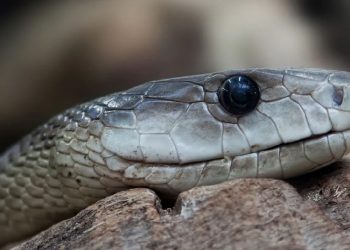
The black mamba is widely known as the deadliest snake with statistics as large as one bite having the capacity to kill 10,000 men. The black mamba’s bite means absolute and definite death. Its venom kills in as few as 20 minutes. This particular crawler has even been known to kill skilled handlers because of simple mistakes with a simple skin cut. This is definitely not the snake to play with. It is also very quick and smart, with the ability to crawl through very small spaces and even climb trees from lowered branches without climbing the stem. They have 2 enlarged venomous fangs fixed to the front of the mouth and solid teeth in both jaws. Adults reach an average of 4m with colours ranging from grey to olive with lighter scales found around their bodies. They are referred to as black mambas because the interior of their mouth is black. These are thin and extremely agile and venomous.
Females lay between 20-10eggs. Hatchlings are self-sufficient and capable of catching prey as big as a rat.
Emerald snake (Corallus caninus) Local name: Nawandagala
This snake is quite common in many Ugandan gardens where it is a camouflage king. This snake has a set of teeth which it uses to cut down its food. It is not venomous and therefore rarely killed when seen in banana plantations. It feeds on flying insects and some crawling insects and is preyed upon by snake eating birds even including chickens.
Egg eating snake (Dasypeltis)
This snake has few teeth which are solid and harmless. It has no fangs and ranges from 0.5meters to 1.5meters in length. This very slender snake has extreme elasticity in the muscles around its mouth that allow it to swallow and egg whole which is then crashed by the stronger walls before the broken shell is subsequently spit out. This snake is detested in African homes where the family not only makes a loss but also lives in fear because of the general stereotype of snakes being deadly. This snake has beautiful color patterns which include green, grey and brown with the belly on a lighter side of cream and white. They lay over a dozen eggs which hatch in 3 months and the hatchlings measuring up to 30cm.
Ntungo Safaris offers various packages where you you have can view some of the snake species at close proximity. Contact for reservations on +256771399299 and whatsapp on +256706772990.
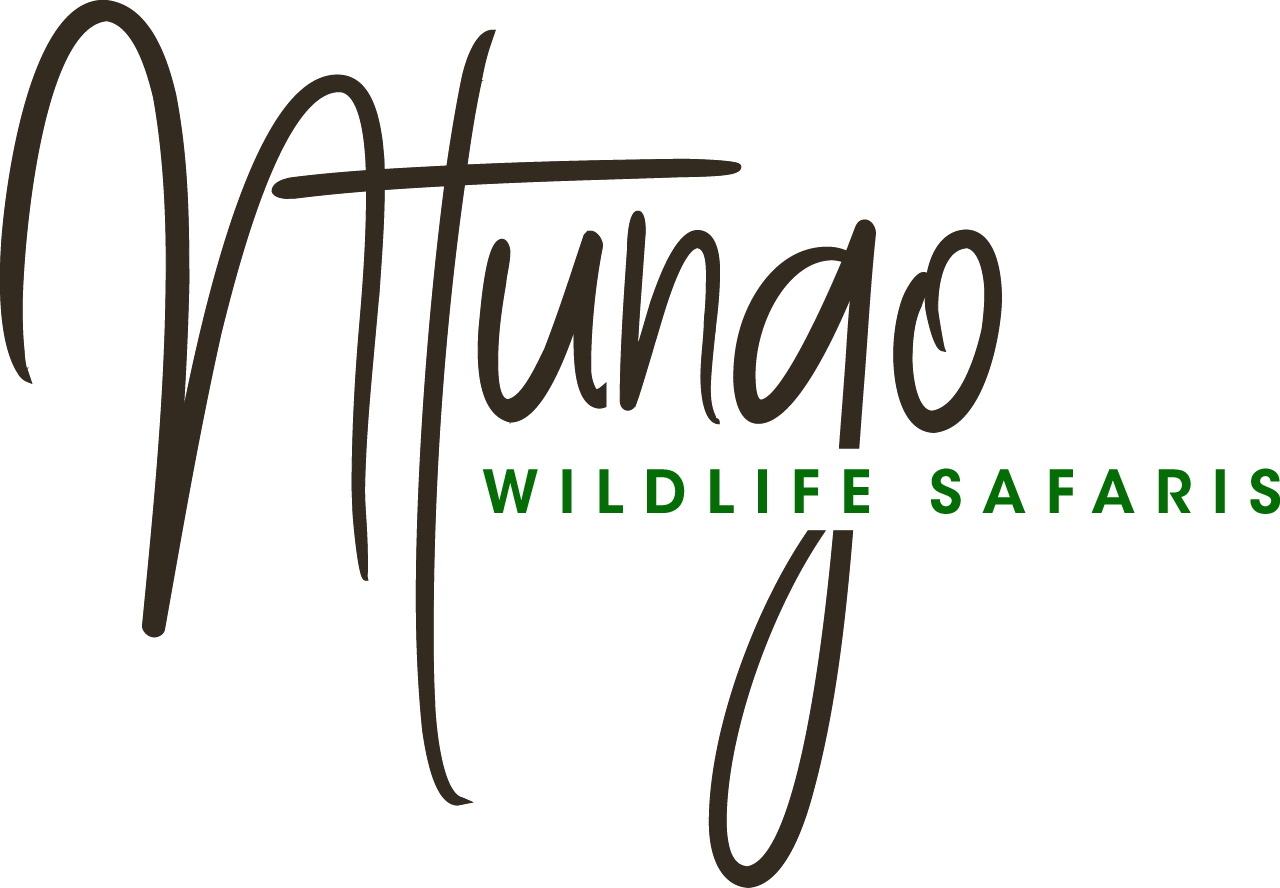
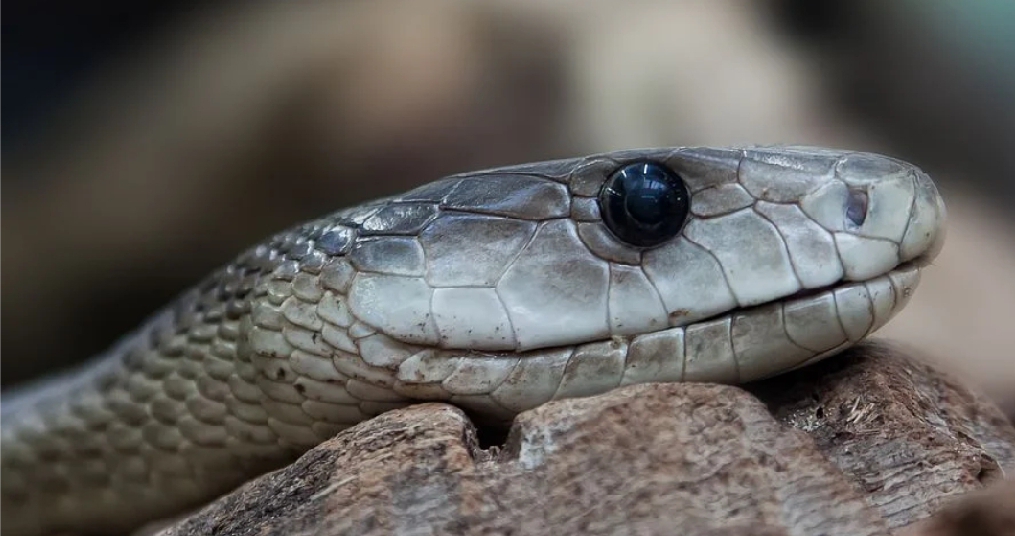
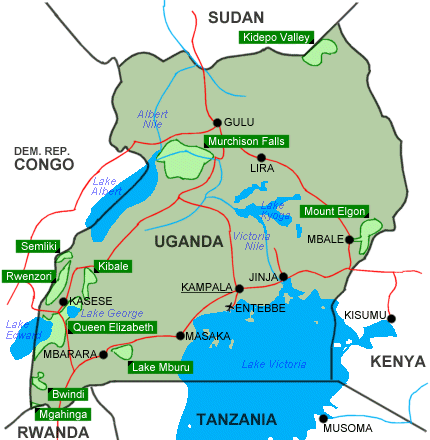
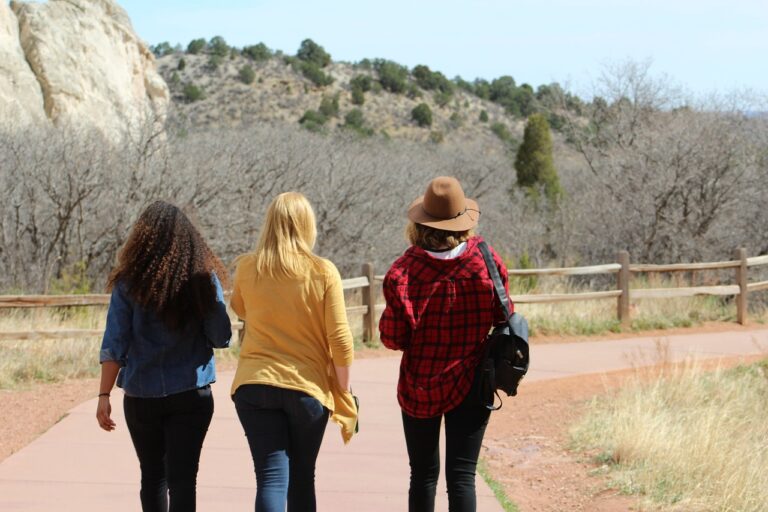
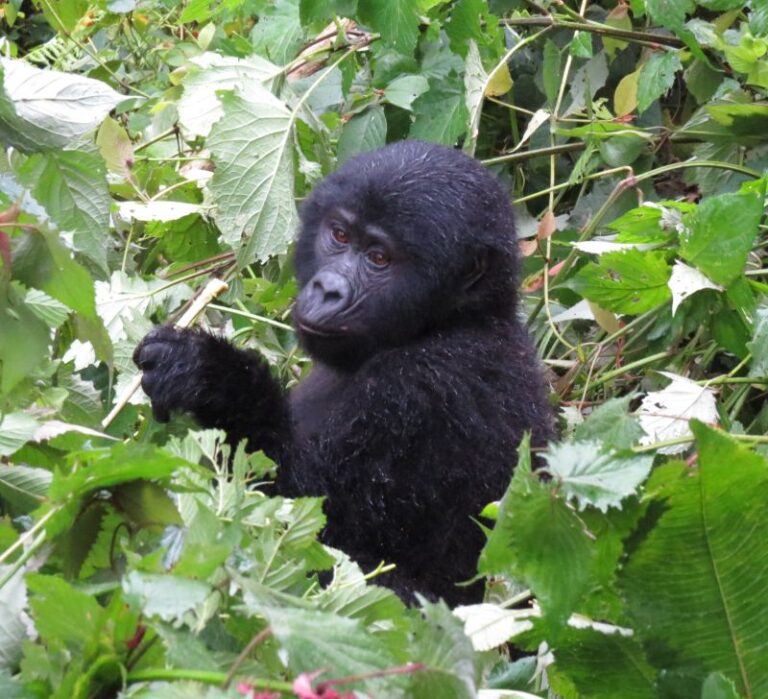
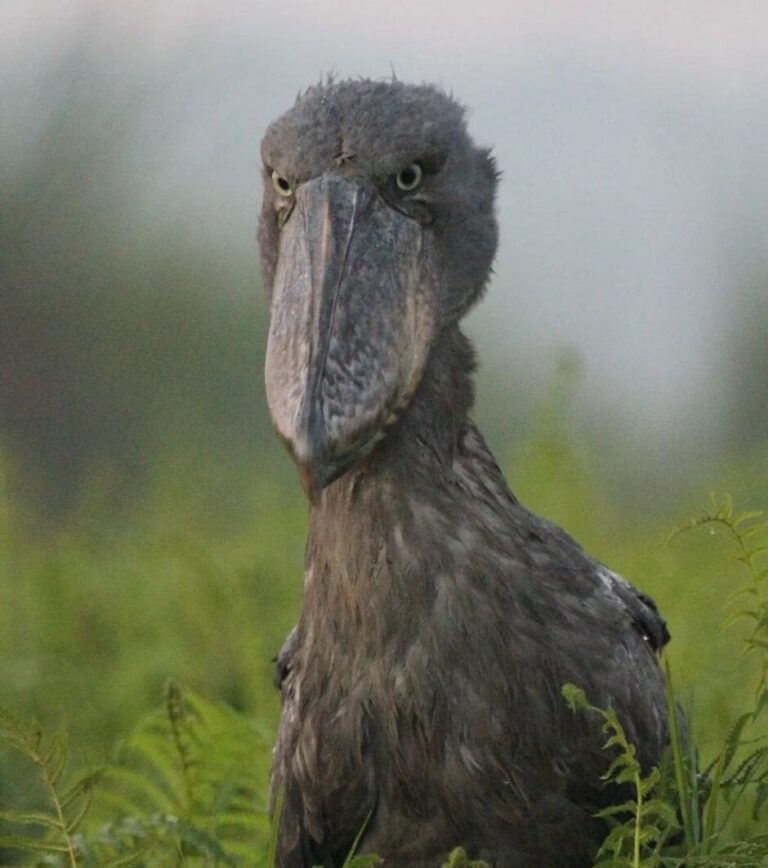
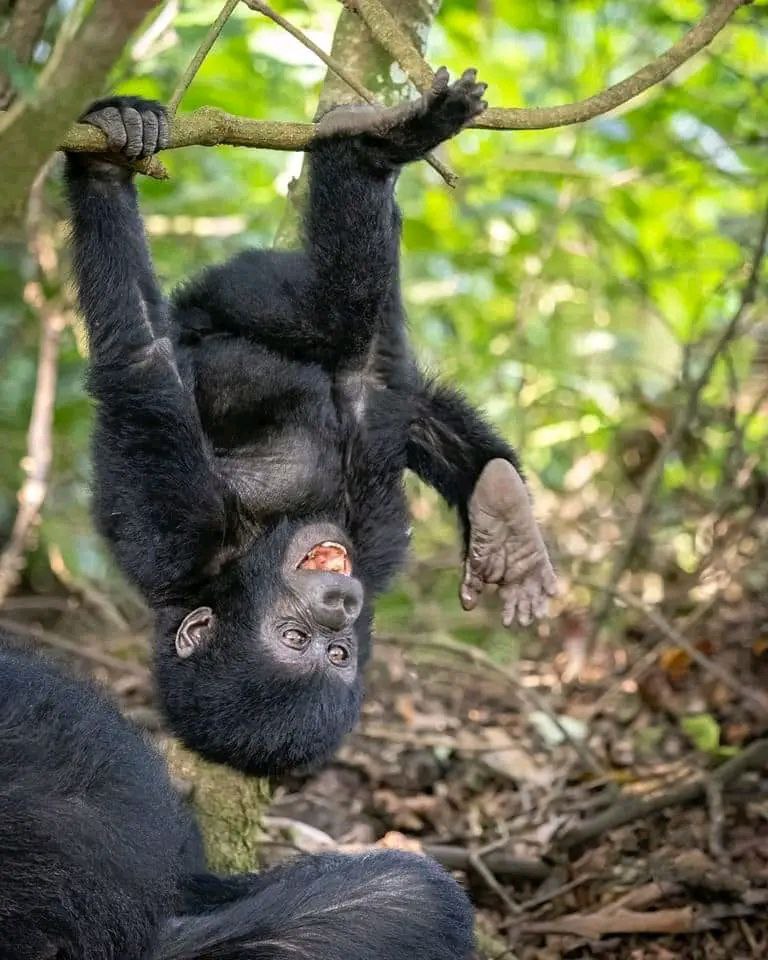
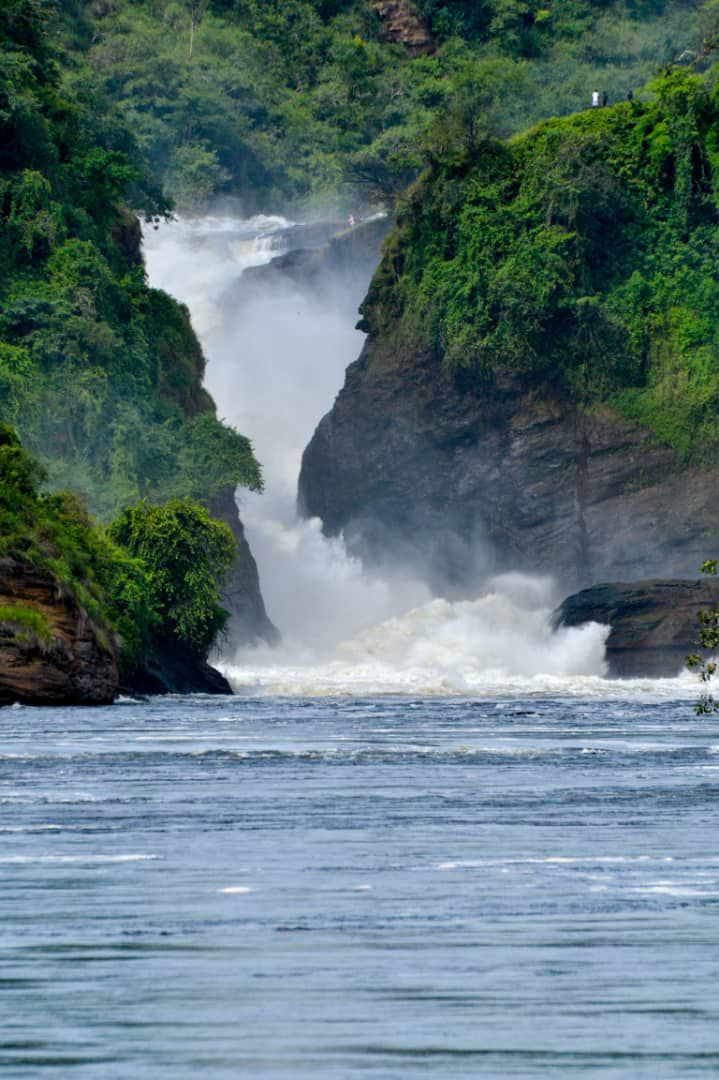
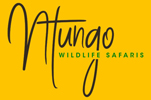
Comments